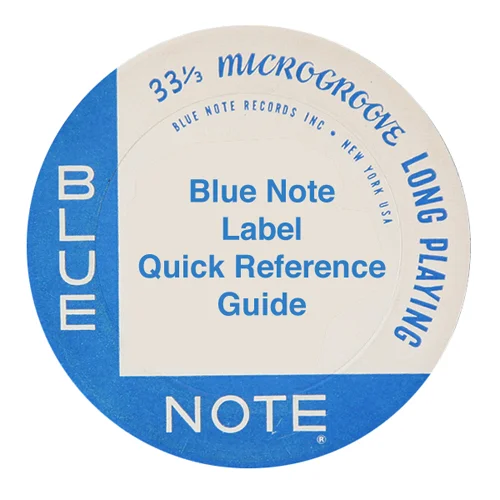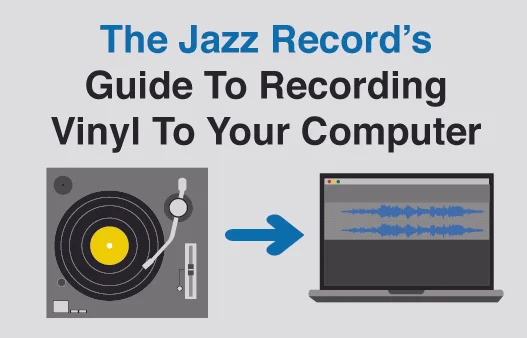Dynamic Duo: Cannonball Adderley & John Coltrane - "Cannonball & Coltrane"
/Cannonball Adderley & John Coltrane • Cannonball & Coltrane • 1964 • Limelight Records
Recorded February 3rd, 1959 at Universal Recording Studio in Chicago, IL
The Selections:
The Tracks:
A1. Limehouse Blues
A2. Stars Fell On Alabama
A3. Wabash
B1. Grand Central
B2. You're A Weaver Of Dreams
B3. The Sleeper
The Players:
Julian "Cannonball" Adderley - Alto Sax
John Coltrane - Tenor Sax
Wynton Kelly - Piano
Paul Chambers - Bass
Jimmy Cobb - Drums
The Record:
When Cannonball & Coltrane was released in 1964 it had been out-of-print for some time in it's original incarnation as The Cannonball Adderley Quintet In Chicago. That LP was originally recorded and released in 1959 on Mercury Records, and while it's a mystery as to why Mercury would let the original go out of print, it's pretty obvious why they would choose to re-release it on Limelight (a Mercury subsidiary) in 1964 with both men listed as co-leaders. A bit of a cash grab, to be sure, but the sessions had also gained some historic merit since it was recorded, by the mid-1960s both Adderley and Coltrane had reached new levels of fame and critical adoration that was unthinkable at the time the original album was recorded.
Miles, Adderley, Coltrane & Chambers at the Newport Jazz Festival in 1958
While it's hard to imagine these days, in 1959 Coltrane was hardly the monumental jazz figure that he is today, in fact it wasn't until 1960 that he "officially" launched his solo career. At the close of the 1950s Coltrane was a well respected tenor player who had appeared on some legendary albums, and had released a couple of fantastic albums (Blue Train, Lush Life, Soultrane) as either a leader or co-leader. But by the time 1964 rolled around, Coltrane was a superstar. His groundbreaking album Giant Steps had been released, as had the rest of his Atlantic LPs, all of which are today considered classics. Then came his early albums on Impulse!, and the jazz world had seen him take on a new sound and direction with the likes of Live at the Village Vanguard, Coltrane, Impressions and Ballads. In less than a year, everything would change when A Love Supreme hit the record store shelves, cementing Coltrane's legacy as a musical visionary and forever changing what jazz music could be.
Adderley's career arc followed a similar timeline as Coltrane's, moving from celebrated sideman with one amazing album to his credit as a leader (Somethin' Else) to becoming a superstar exploring new avenues of jazz music. In Adderley's case it wasn't the intense and searching jazz music that Coltrane was after, but instead it was earthy soul jazz and post-bop that brought him commercial and critical success. Adderley had already attempted to lead his own group in the late 1950s (with his brother Nat by his side), but that group had trouble finding an audience. In 1959 he tried his hand at leading a group once more, and with the release of the live album The Cannonball Adderley Quintet in San Francisco (which become a huge hit record) he soon became one of the better known jazz musicians of the day. Much like Coltrane he would see his stock rise even higher one year after Cannonball & Coltrane came out with the release of Mercy, Mercy, Mercy! Live at "The Club" in 1965, which showed Adderley at the top of his game and found the title track hitting the Billboard charts.
Enough of the history lesson, how about the music? The group on Cannonball & Coltrane is the 1959 version of the Miles Davis Sextet minus it's hallowed leader, which should entice any jazz lover to check it out. The two horn players explore what they learned from the legendary trumpeter, as well as show off what they could do out on their own. The resulting album is some late 1950s hard bop at it's very best, showing off two very distinct talents at work. We get the up-front, populist sound of Adderley matching up with Coltrane's introspective and probing technique. The rhythm section is able to cut loose behind the talented alto and tenor front line, and - make no mistake about it - Wynton Kelly, Paul Chambers and Jimmy Cobb are on fire and at the peak of their creative powers.
The standout numbers on the album are Adderley's "Wabash" and Trane's "Grand Central". They are both swinging hard bop numbers that show off the particular strengths of the two leaders at this point in their careers. "Wabash" is an Adderley showpiece with Chambers' displaying some high-note work beneath Adderley's great earthy tone that so many of us have come to love over the years. Coltrane shows off his massive talent on "Grand Central" with an incredibly varied solo that finds him bending the saxophone to his will, with high pitched notes combined with rippling triplets and accented eighth-note patterns. Even if the listening public wasn't yet aware of what these two masters would soon bring to the jazz world, they show no lack of confidence on Cannonball & Coltrane, they were on the precipice of greatness and they knew it.
The Vinyl:
The Details: An original Limelight mono pressing on the rather unimpressive dark-green-with-spotlights label. These pressings aren't anything to write home about when it comes to the vinyl, the real highlight of these are the multi-page booklets in the gatefold, with extremely informative liner notes and fantastic photos. I would rate the vinyl around VG, with the inside and booklet in NM condition, so in the end it's more or less a wash.
The Price: This one ran me $15 at a local shop, a bit more than the going rate online, but one look at the great condition of the gatefold and I couldn't hold off. Plus, it's two legends at work, so that makes it worth just a bit more to me.
The Sound: The playback is a bit compressed to my ear, with not a lot of depth, and I have read some less than flattering reviews of the sound on these Limelight re-issues. For the price I'm still happy with my purchase, as the sound quality still has a vintage analog feel to it, although I will be on the lookout for an original pressing. Quite a few pops and crackles, as the vinyl has seen more than it's fair share of abuse, but an album like this is bound to be listened to, and unlike buying vinyl online I was able to check it out before I bought it and knew what I was getting into.
Original 1959 Mercury Mono Release (photo from Discogs)
Final Thoughts:
Cannonball & Coltrane would mark the final time that the two jazz legends would appear on record together, and it shows off not only how well they worked together, but also a great glimpse into where modern jazz and hard bop was at in the late 1950s. The beauty of hard bop was the ability of a group of top-notch players to make it into something that was distinctly their own, with attitudes and textures that were unique to each quality session. The album may not be considered an essential piece of either Adderley's or Coltrane's overall discography, but for anyone who enjoys either musician's work it will make an excellent addition to any vintage jazz vinyl collection.













